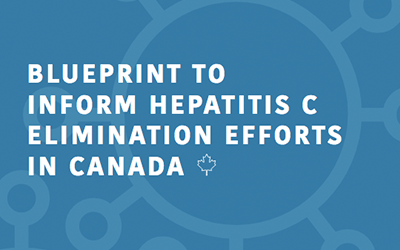Blueprint for Hepatitis C Elimination in Canada: A priority populations and health equity approach – Part Two
August 29, 2019 • By Jennifer Broad, Sandra Ka Hon Chu, Lindsay JenningsThis blog post is a follow-up from an earlier post published on August 27, 2019 about the Blueprint to Inform Hepatitis C Elimination Efforts in Canada.






